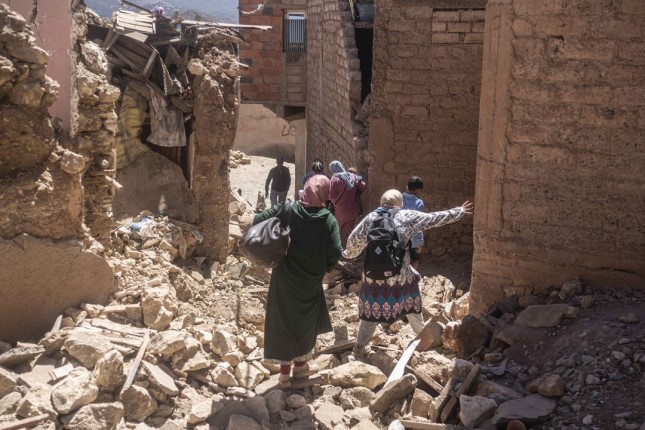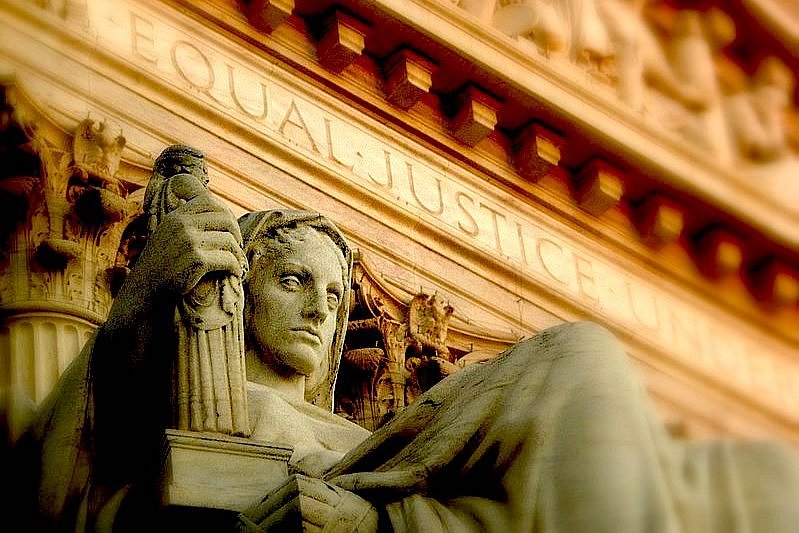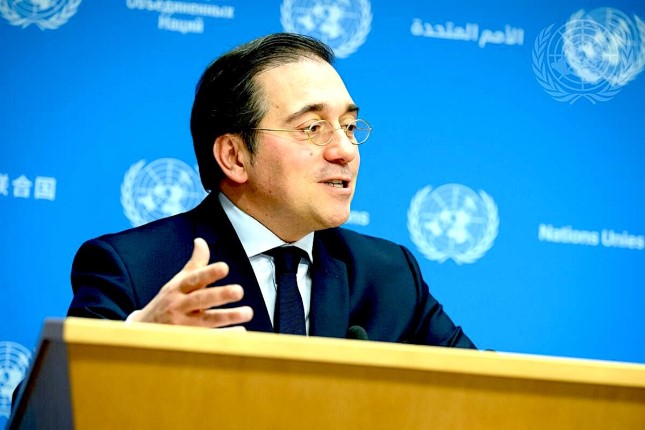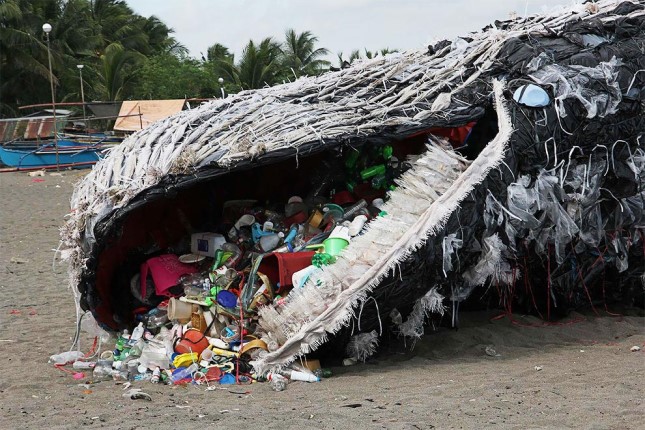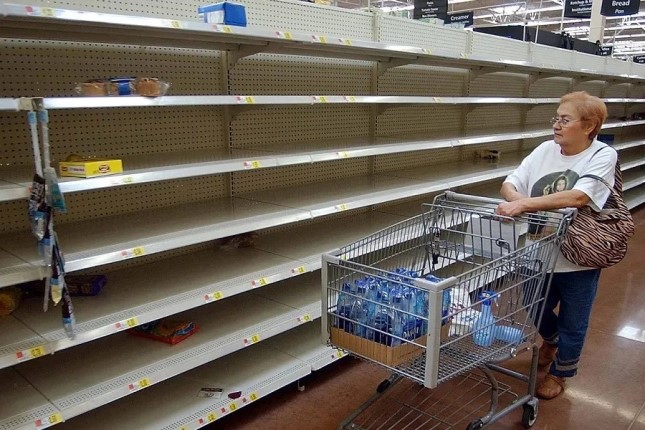Of the wounded, over 1,400 are in critical condition, according to Morocco’s Interior Ministry.
The death toll is tragically expected to rise, as the worst-affected areas are remote mountain villages which rescue teams are struggling to reach due to poor infrastructure and emergency planning. It remains unclear how many more thousands of people may still be buried under the rubble.
The epicentre of Friday’s earthquake was near Ighil in Al-Haouz Province, roughly 70 kilometres south of Marrakech, Morocco’s fourth-largest city. The 6.8-magnitude quake shook the High Atlas mountain range at a relatively shallow depth of 18.5 kilometres, according to the United States Geological Survey (USGS). It was Morocco’s deadliest earthquake since 1960, when a magnitude 5.8 quake struck near Agadir, killing at least 12,000 people.
UN officials estimate 300,000 people have been impacted by the earthquake. The quake was felt across Morocco including the coastal towns of Imsouane and Essaouira, 180 and 200 km west of Marrakesh; in the capital, Rabat, 350 km north of the epicentre; and in Portugal and Algeria.
Most of the deaths were reported in mountainous Al-Haouz and Taroudant provinces. According to the Moroccan Interior Ministry, the death toll reached 1,293 in the Al-Haouz region, 452 in the Taroudant region, 191 in the town of Chichaoua, 41 in the Ouarzazate region, 15 in Marrakech prefecture, 11 in the Azilal province, 5 in the Agadir Ida-Outanane prefecture, 3 in Casablanca province and 1 in the Youssoufia province. The village of Tafeghaghte, 40 miles southwest of Marrakech, was almost entirely destroyed.
Hospitals in Marrakesh are seeing a huge influx of injured people, and authorities are calling on residents to donate blood.
The region is located in a well-known earthquake zone and is home to members of Morocco’s Amazigh (or Berber) community. Moroccan King Mohamed VI’s regime has systematically isolated the region to focus on development projects in large cities such as Marrakech and repressed the region’s inhabitants when they protested against this.
Samia Errazzouki, a research fellow studying Morocco at Stanford University, said: “This region, outside of any natural disaster and on a normal day, is one of the most difficult regions to get to as the infrastructure is so poor. Roads and access to this region are already difficult, before you compound that with difficulties like rubble or problems with the roads. It’s going to take a miracle to get immediate aid there.”
“These regions have historically been hit with earthquakes, but they have also been marginalised. In moments when people requested, demanded aid, infrastructure and development like in the Hirak movement in 2016, those who do so are thrown in jail,” she added. “On a good day, this region is difficult to access and deprived of basic infrastructure. The hospital system there is abysmal.”
Anger is mounting over the monarchy’s slow response to the disaster and the inaction of King Mohammed VI, who was at a residence in France when the quake hit. The Guardian noted, “Despite him returning to chair the emergency response meeting, some said vital hours may have been lost due to a need for the palace’s approval and control.”
As the rescue operation is delayed, residents in many villages are using homemade tools or their bare hands to dig the dead from the rubble. The destruction caused by the quake has left many survivors homeless, shortage of water and food, and other necessary aid as many prepare to spend a third night without shelter.
From the village of Ait Yahya in Taroudant province, Al Jazeera’s Ayman Al Zubair reported: “There is an air of sorrow among the people, and they expressed fear [about] when aid will arrive for them. … They received some aid in terms of food, but their main demand is a place to stay. The area is also experiencing a shortage of water, and there are dead animals that have not been cremated yet so there are concerns diseases could emerge.”
A resident from Amizmiz, 55 km south of Marrakesh, told Al Jazeera that all of its inhabitants lost their homes, and that each family is grieving loved ones who died in the quake.
“We are living in a crisis situation,” another Amizmiz resident told Al Jazeera. “We ask that King Mohamed VI intervene and send us some help because we are living through a traumatic situation,” he said, adding the village lacks electricity, food and other necessary aid.
A resident of the village of Moulay Brahim, 36-year-old Yassin Noumghar, said: “We lost our houses, we lost people also, and we have slept two days outside. No food. No water. We lost also electricity. We want just for our government to help us.”
As in the massive February 2023 earthquake in Turkey and Syria, the horrific death toll in the Morocco quake is not primarily a natural disaster, but above all a social disaster rooted in the grotesque social inequality of the capitalist system. With proper, safe building infrastructure, cities can survive even more powerful quakes than the one that struck Morocco on Friday. Only four people died from earthquake damage from the 7.4-magnitude quake in Fukushima in Japan in 2022.
Over 50,000 died in Turkey in Syria, and thousands more have now died in Morocco, because state authorities ignore basic safety guidelines, and safe housing and infrastructure is not built.
In Morocco, despite recent earthquakes, many buildings and especially rural homes in earthquake zones are not built to withstand such tremors. This was further underscored when hotel managers in Marrakech, desperate to reassure tourists coming to the city, spoke of the vast difference between the relatively limited quake damage in Marrakech itself compared to the devastation in nearby villages.
Samuel Roure, who presides over the association of guest houses in Marrakesh, told Le Monde: “[W]hen I see the images of the earthquake and read about Marrakech in the media, I don’t feel like I’m living in the same country. … I’ve been touring the medina since 7:30 a.m. and, of the 10,000 riads (homes and guest rooms) in the city, barely 50 have collapsed.” He added that in Marrakesh, unlike the hard-hit surrounding villages, “the infrastructure is intact, the airport is up and running, and so are the telecommunications, water and electricity networks.”
With massive public works programs focused on creating essential social infrastructure and strengthening homes, humanity could build earthquake-resistant cities worldwide. However, the capitalist system is incapable of allocating the necessary resources for it, as trillions of dollars are instead spent on imperialist wars and bank bailouts for the super-rich.
Photo: Residents flee their homes after an earthquake in Moulay Brahim village, near the epicenter of the earthquake, outside Marrakech, Morocco, Saturday, September 9, 2023. A rare, powerful earthquake struck Morocco late Friday night, killing more than 2,000 people and damaging buildings from villages in the Atlas Mountains to the historic city of Marrakech © AP Photo / Mosa'ab Elshamy.
Source: World Socialist Web Site.
